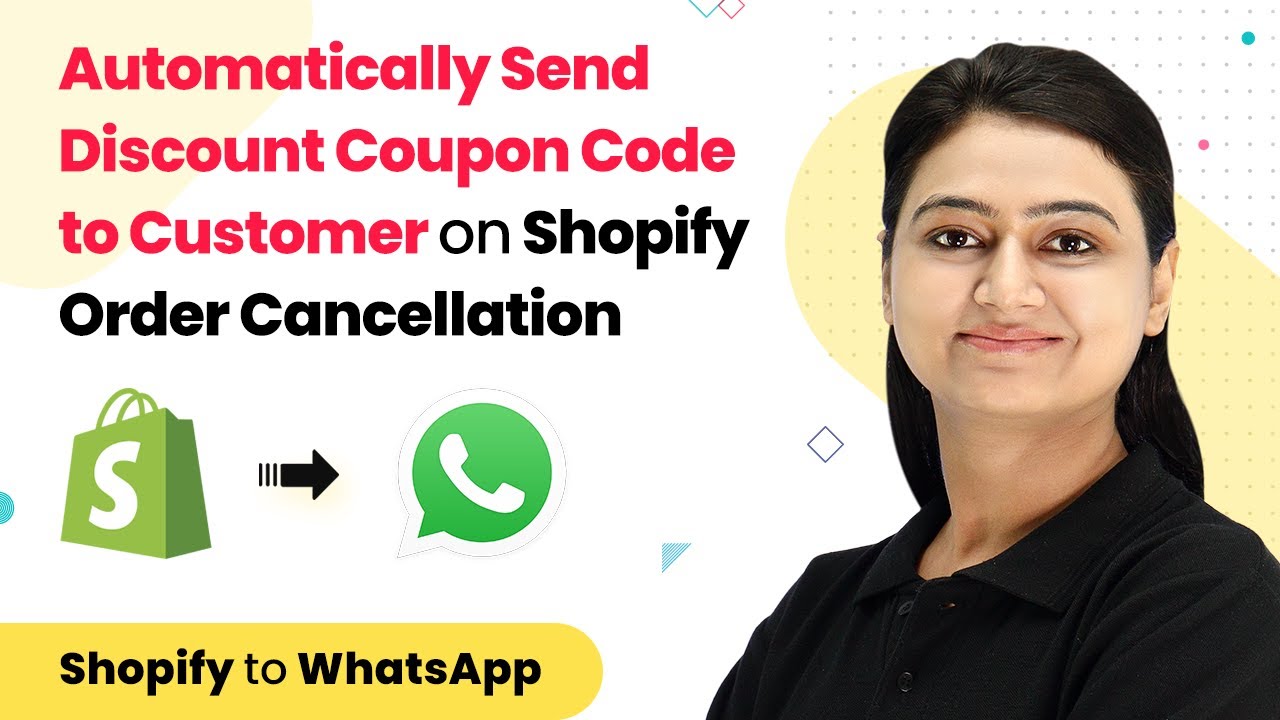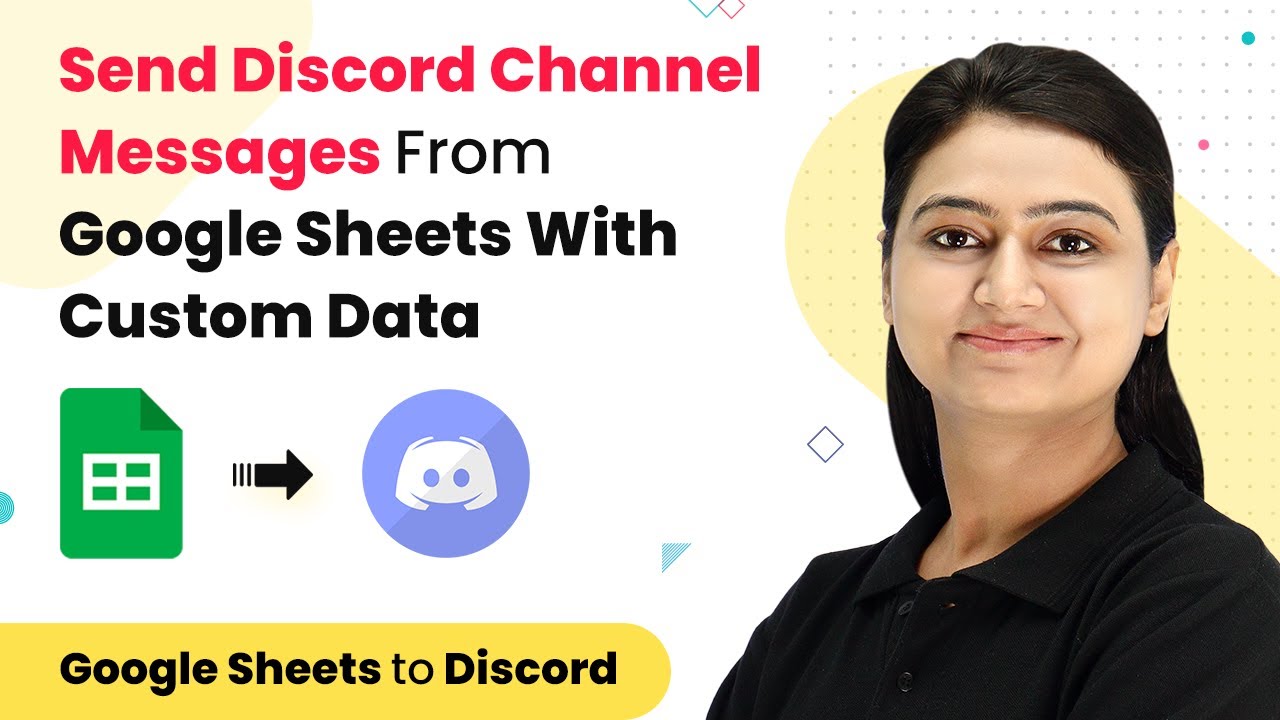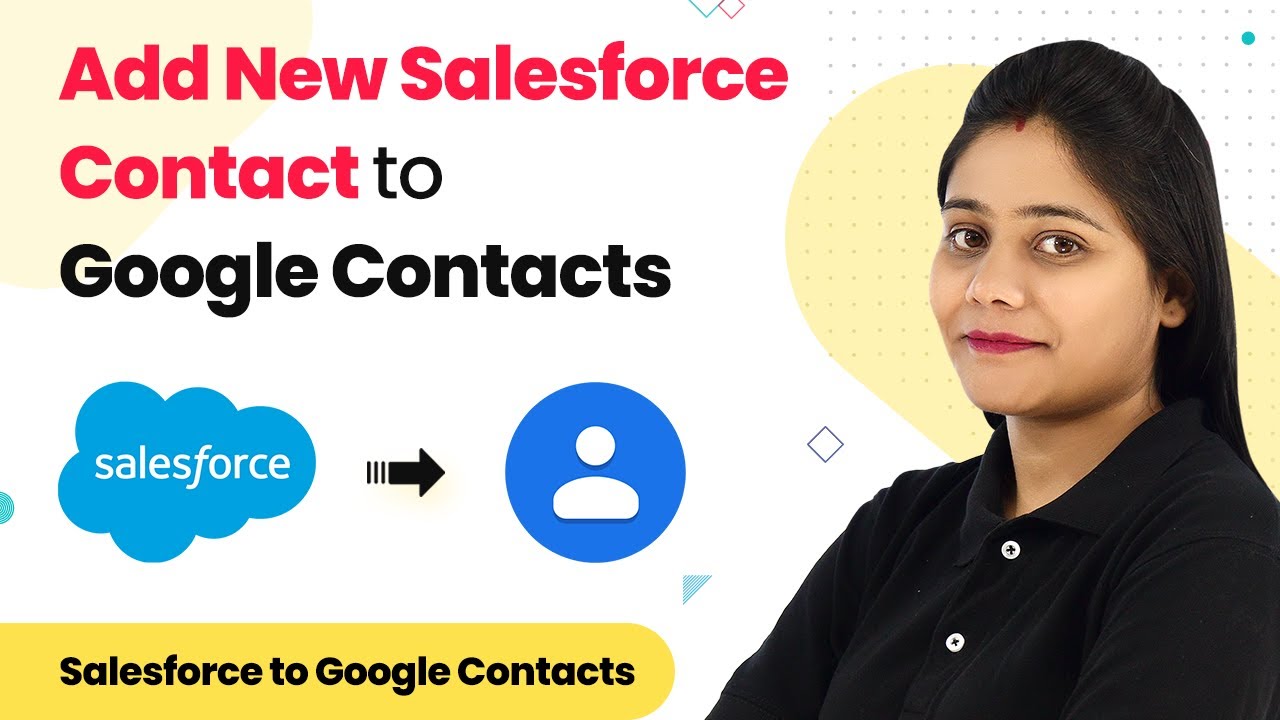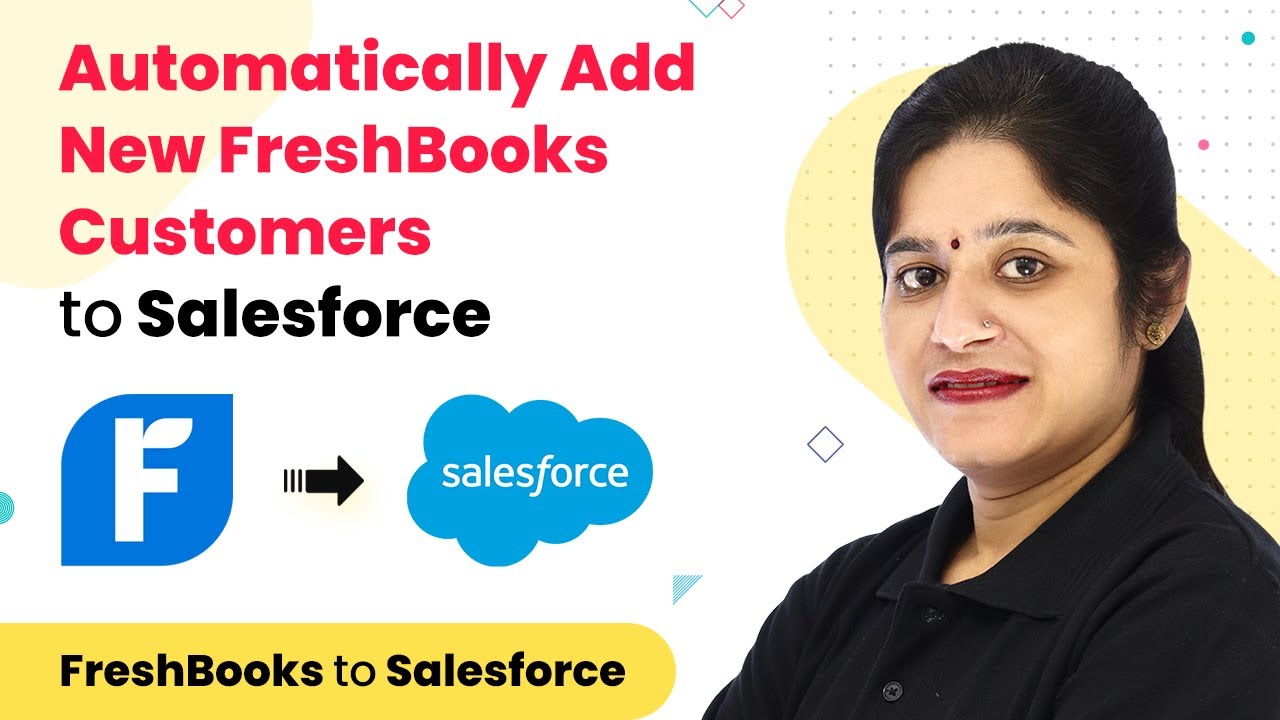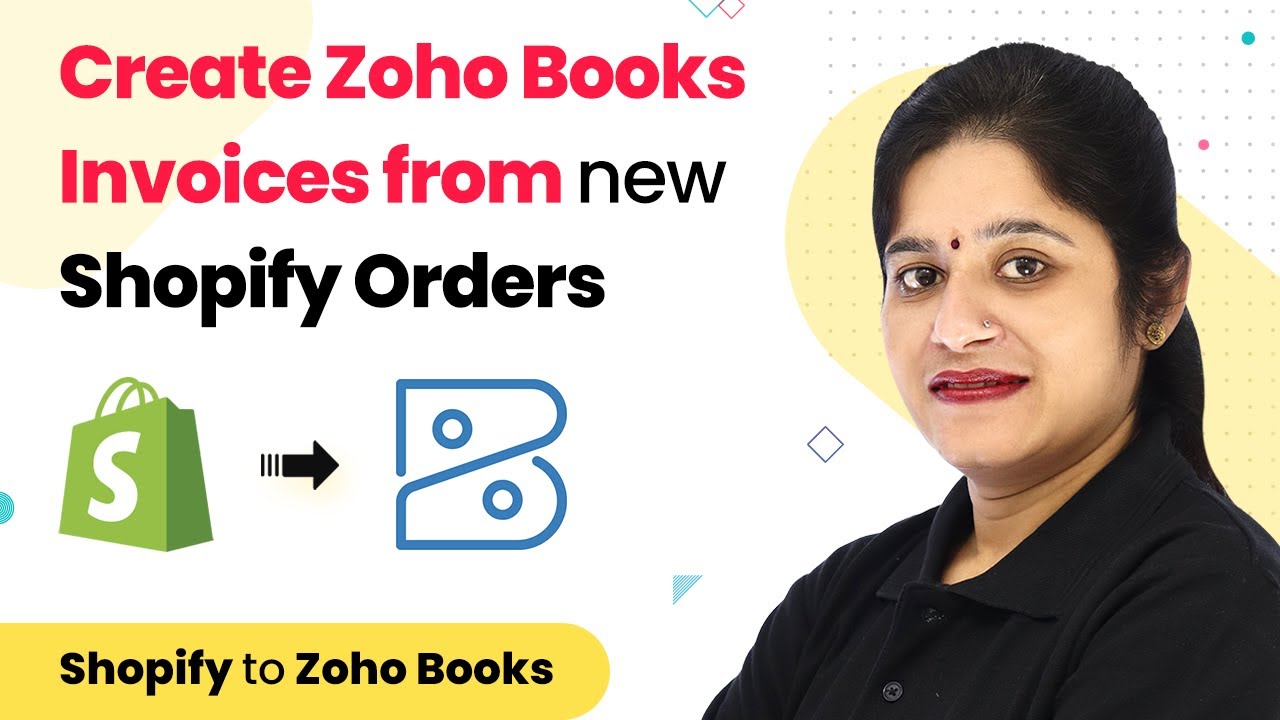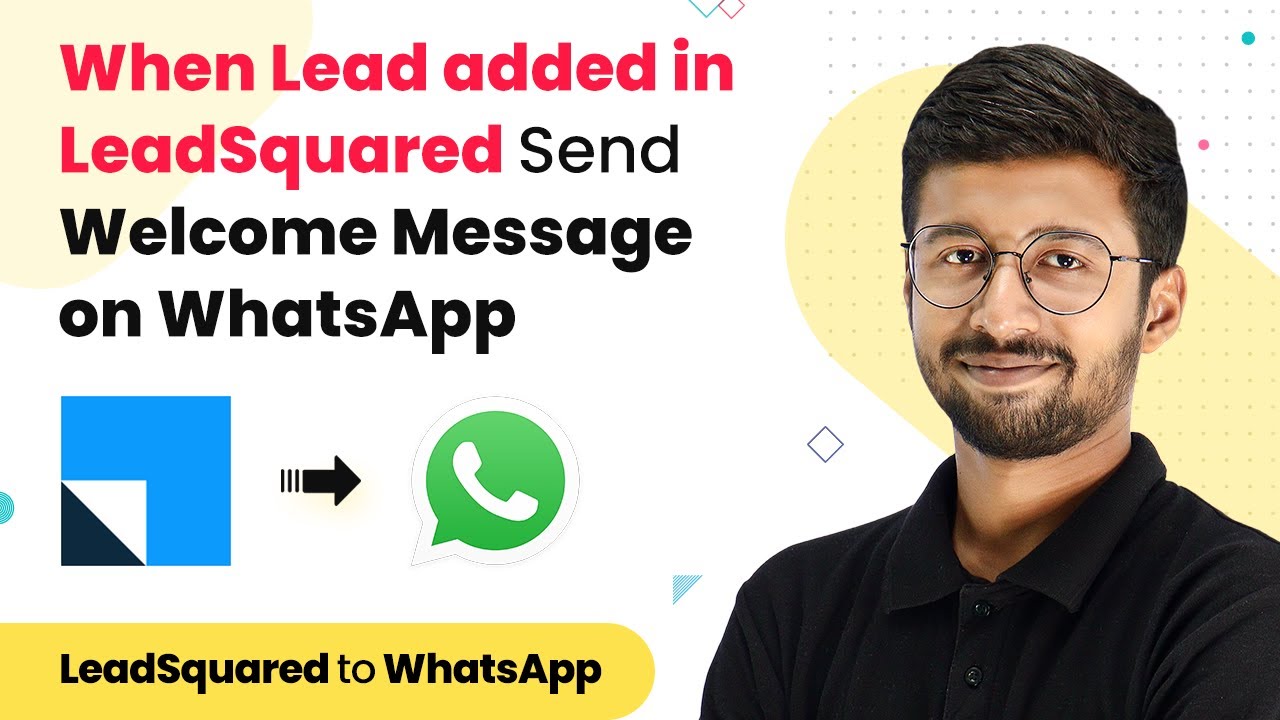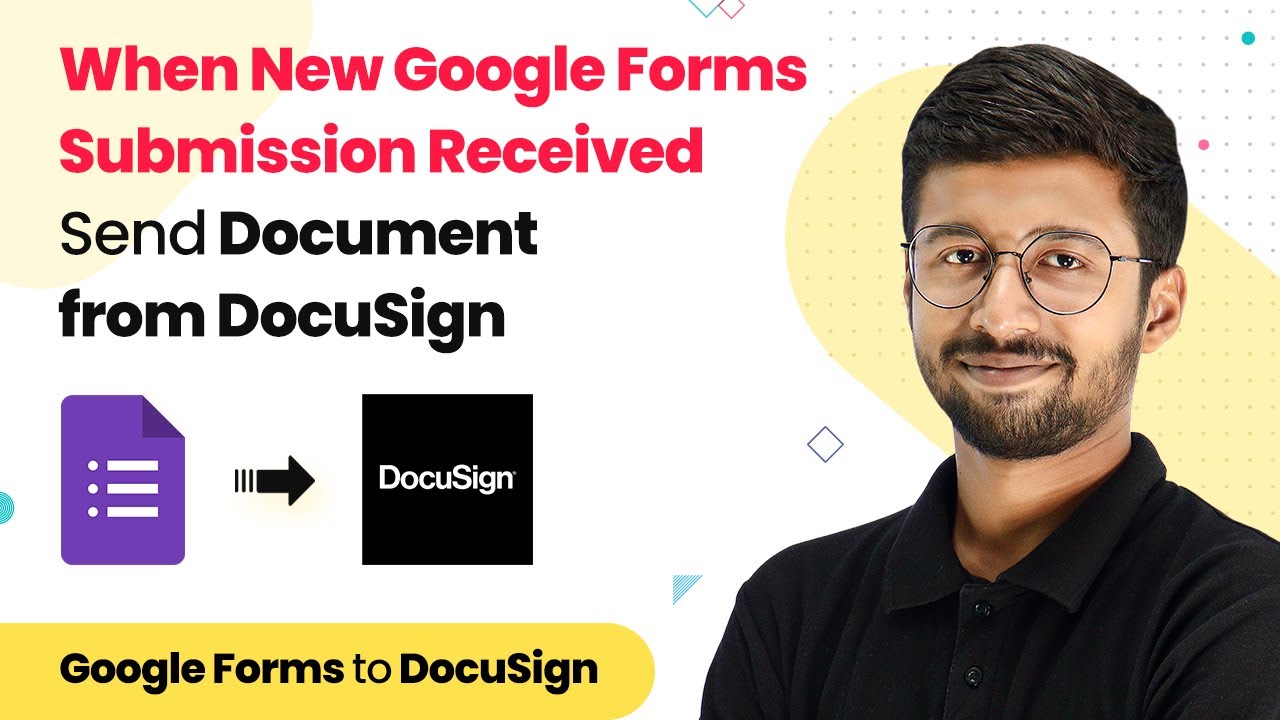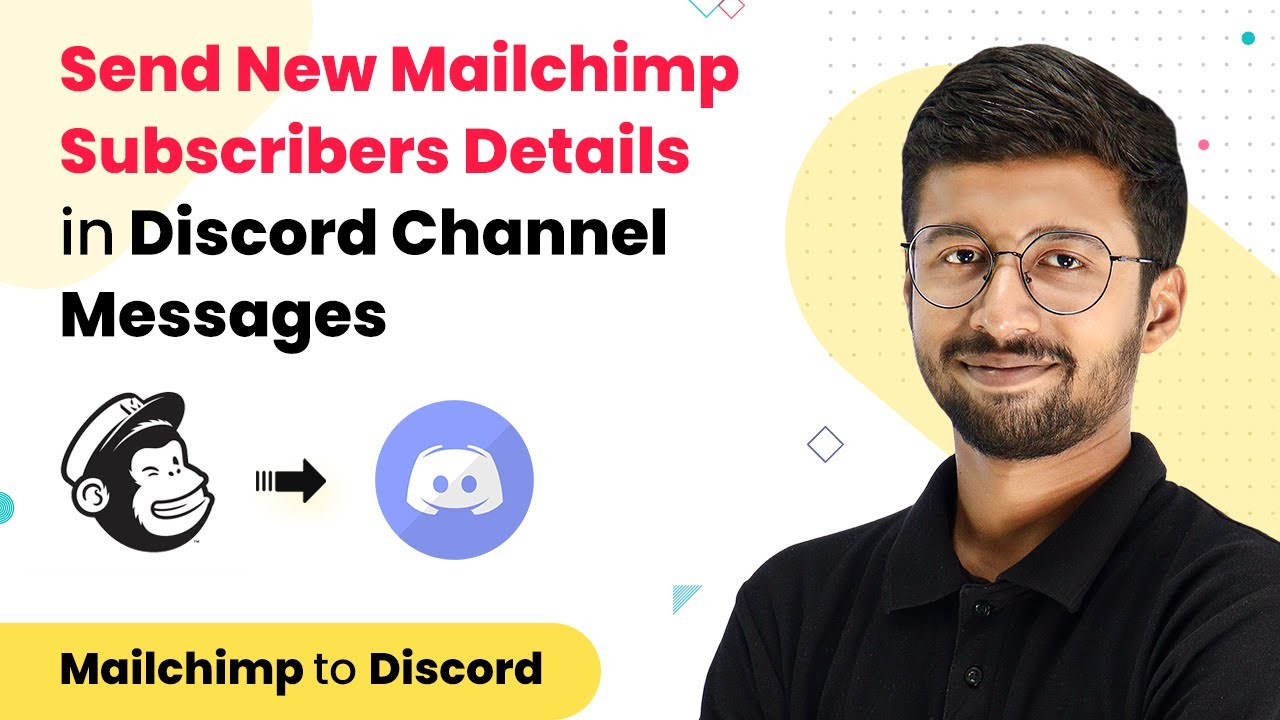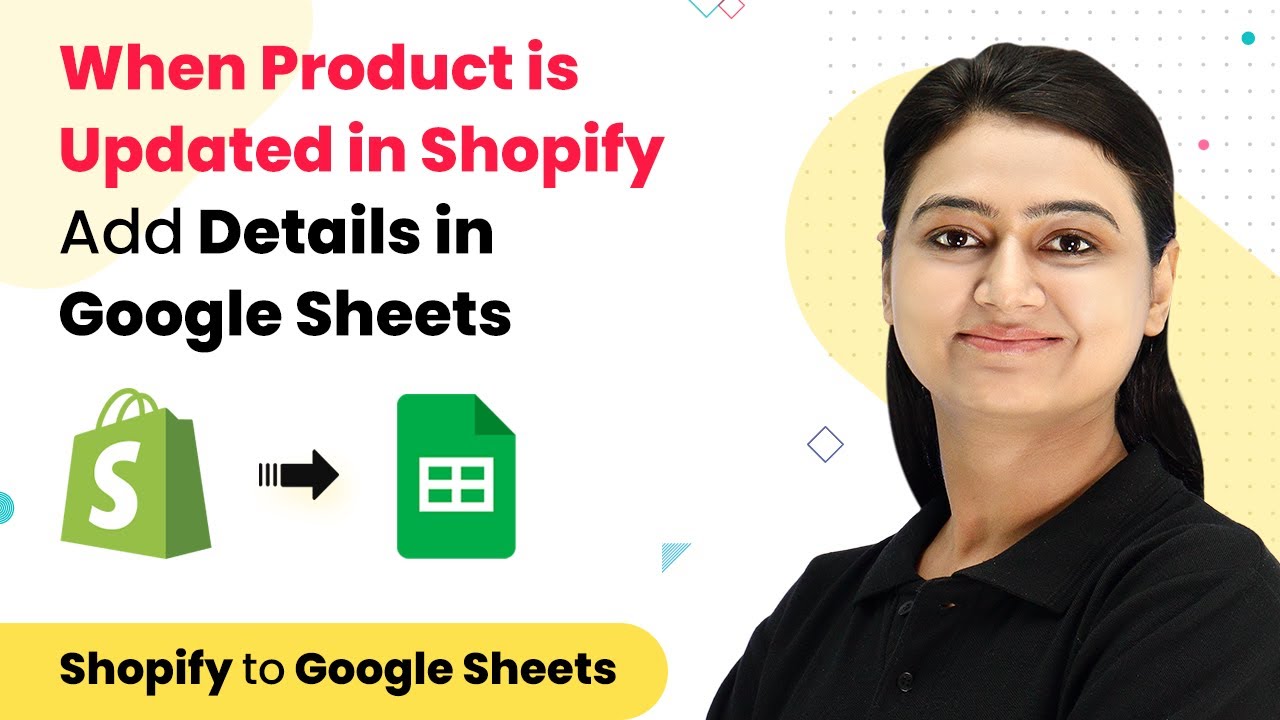Learn how to automatically send discount coupon codes to customers on Shopify order cancellation using Pabbly Connect. Follow our step-by-step tutorial for seamless integration. Implement the precise methodologies leading organizations use to automate repetitive tasks, illustrated with practical examples designed for immediate application.
Watch Step By Step Video Tutorial Below
1. Setting Up Pabbly Connect for Shopify Integration
To automatically send discount coupon codes to customers when they cancel an order on Shopify, you need to set up Pabbly Connect. Begin by visiting the Pabbly website and signing in to your account. Once logged in, navigate to Pabbly Connect on the dashboard.
Click on the Create Workflow button at the top right corner. Name your workflow something descriptive, such as ‘Shopify to WhatsApp’. This naming helps you identify the workflow later. After naming, you will see two windows for setting up the trigger and action.
2. Creating the Trigger in Pabbly Connect
In the trigger application window, select Shopify. For the trigger event, choose Order Cancelled. This selection ensures that every time an order is cancelled, it triggers the automation process. Upon selection, a webhook URL will be generated.
- Copy the generated webhook URL.
- Proceed to your Shopify store settings.
- Navigate to Settings > Notifications and scroll down to create a webhook.
Paste the copied webhook URL in the appropriate field for the order cancellation event. Save the settings to ensure the webhook is active. This step connects Pabbly Connect with your Shopify store, allowing it to listen for order cancellations.
3. Testing the Integration with a Dummy Order
After setting up the webhook, it’s crucial to test the integration. Place a dummy order in your Shopify store and then cancel it. This process will help verify if Pabbly Connect is receiving the cancellation data correctly.
To do this, go to the Orders section in Shopify, find your dummy order, and click on it. Select More Actions and then Cancel Order. Make sure to uncheck any refund boxes if you only want to cancel the order.
Once the order is cancelled, return to Pabbly Connect. You should see that it has received the response from Shopify, confirming the cancellation along with customer details. This successful connection is essential for the next steps of sending a discount code.
4. Creating the Discount Code with Pabbly Connect
Next, you will need to create a unique discount code for the cancelled order. In Pabbly Connect, add a new action step by selecting Shopify again and choose Create Discount Code. This action allows you to generate a discount code that will be sent to the customer.
- Connect to your existing Shopify account.
- Select the discount rules you previously set up in Shopify.
- Map the discount code to include the cancellation date for uniqueness.
After mapping the necessary fields, save your settings. This discount code will be used in the WhatsApp message sent to the customer, ensuring they receive a personalized offer.
5. Sending the Discount Code via WhatsApp
Finally, set up the last action step in Pabbly Connect to send the discount code via WhatsApp. Choose WhatsApp Cloud API as the action application and select Send Template Message as the action event.
To configure this, you will need to enter your WhatsApp credentials, including the temporary access token and phone number ID. These can be found on the WhatsApp developer page. After entering the credentials, select the message template you created for order cancellations.
Ensure to map the customer’s name and the generated discount code into the message template. Once everything is set up, test the action to confirm that the message is sent successfully. This step finalizes the integration process using Pabbly Connect, providing a seamless customer experience.
Conclusion
By following these steps, you can effectively automate the process of sending discount coupon codes to customers upon order cancellation in Shopify using Pabbly Connect. This integration not only saves time but also enhances customer retention by encouraging future purchases.
Ensure you check out Pabbly Connect to create business automation workflows and reduce manual tasks. Pabbly Connect currently offer integration with 2,000+ applications.
- Check out Pabbly Connect – Automate your business workflows effortlessly!
- Sign Up Free – Start your journey with ease!
- 10,000+ Video Tutorials – Learn step by step!
- Join Pabbly Facebook Group – Connect with 21,000+ like minded people!
